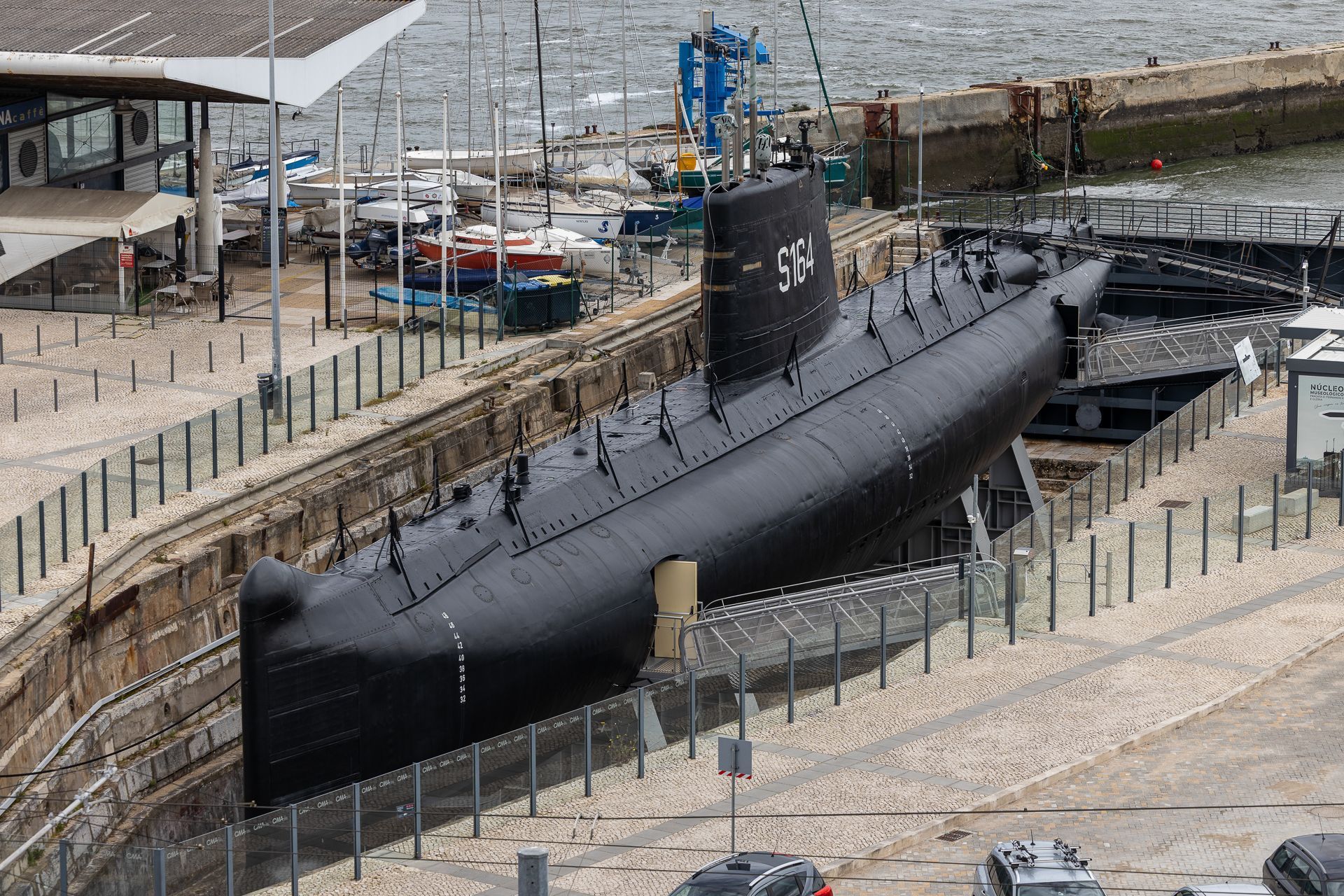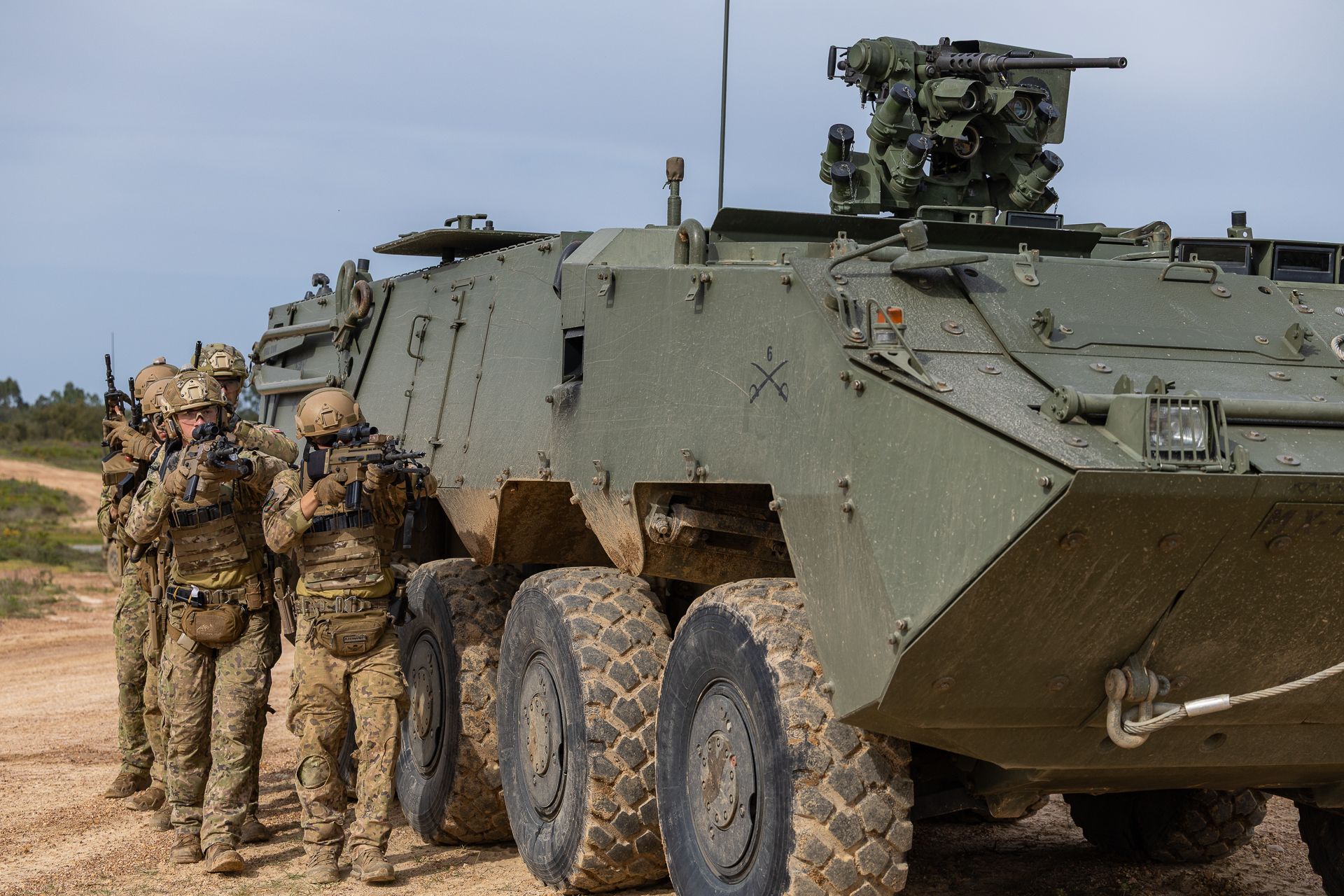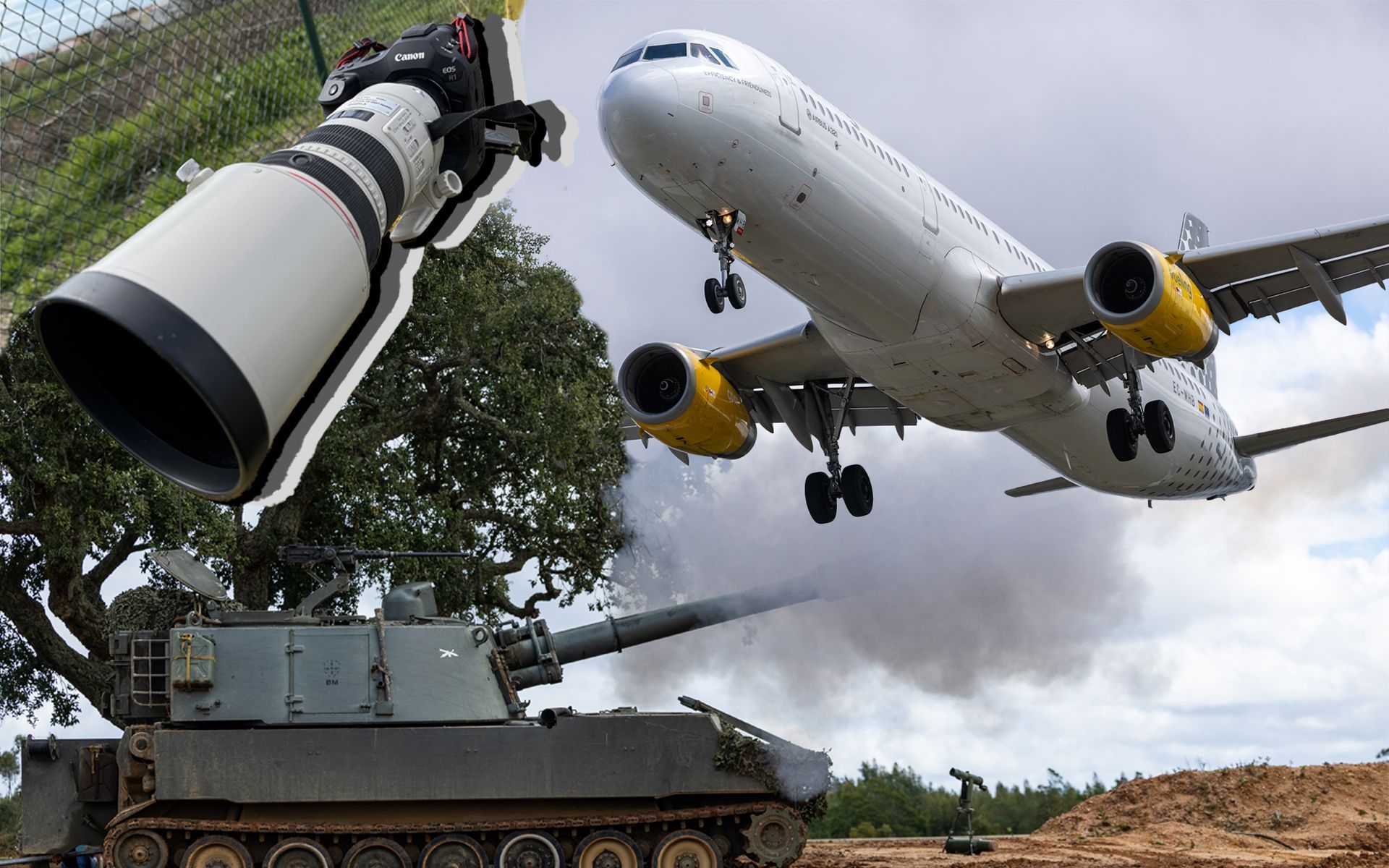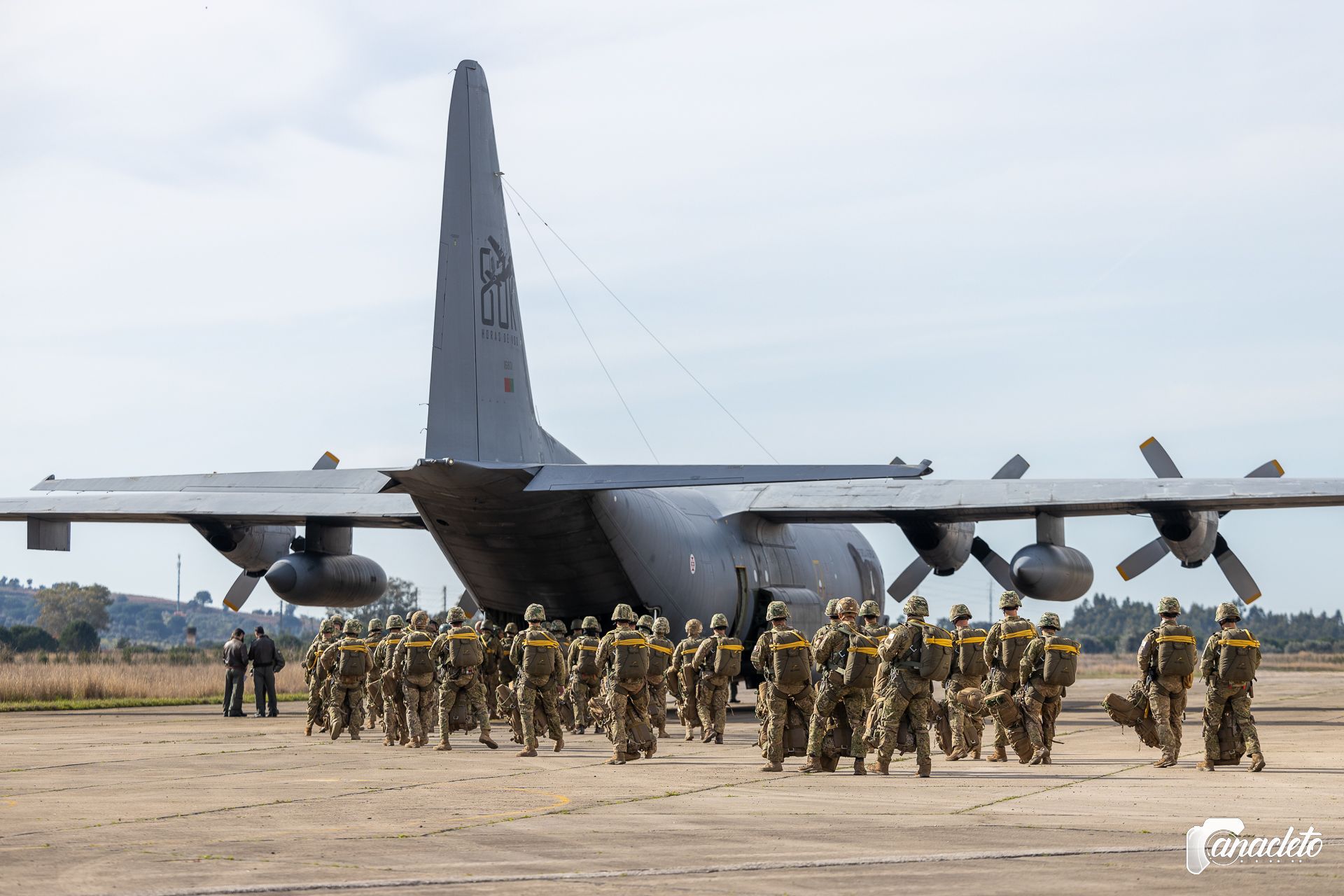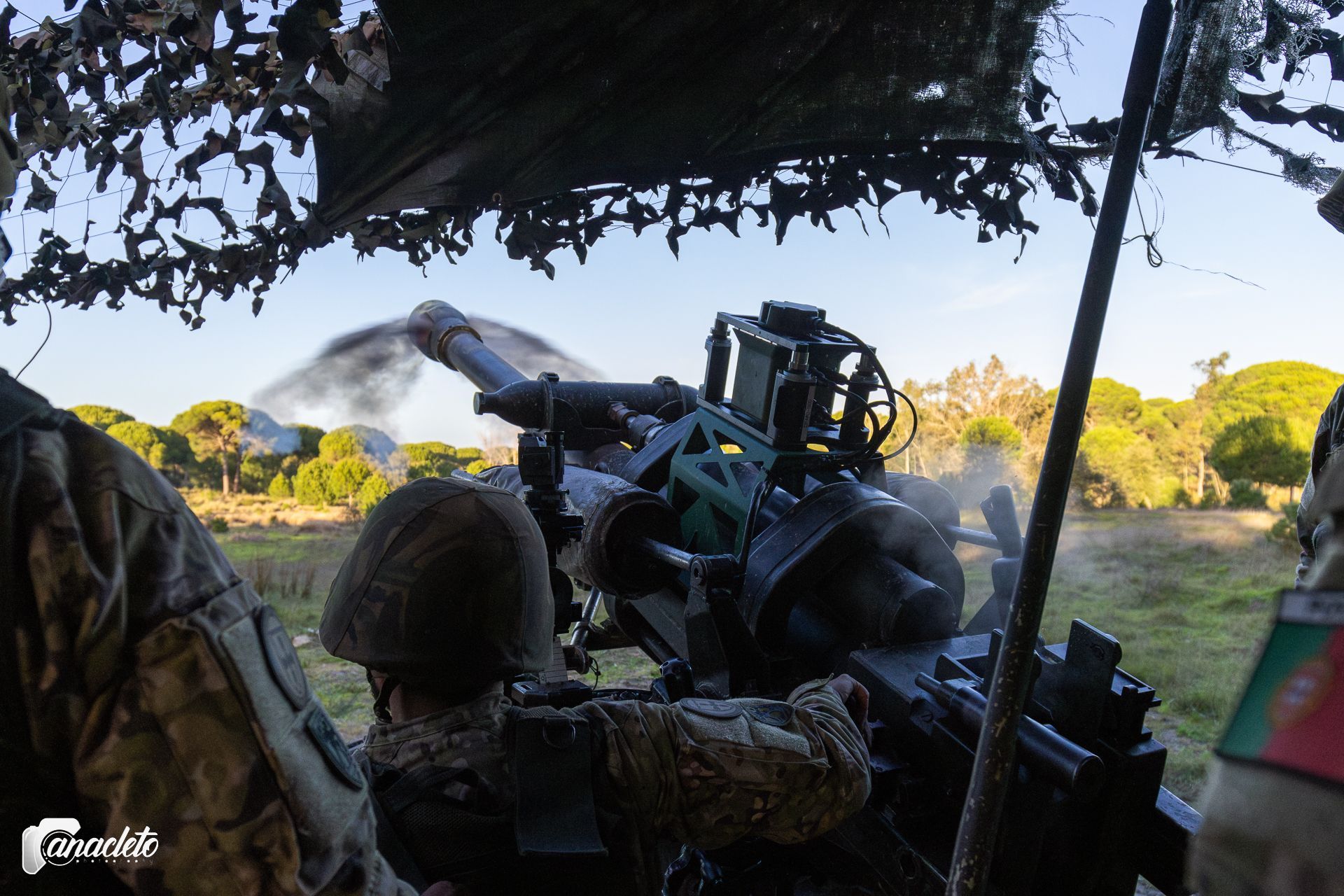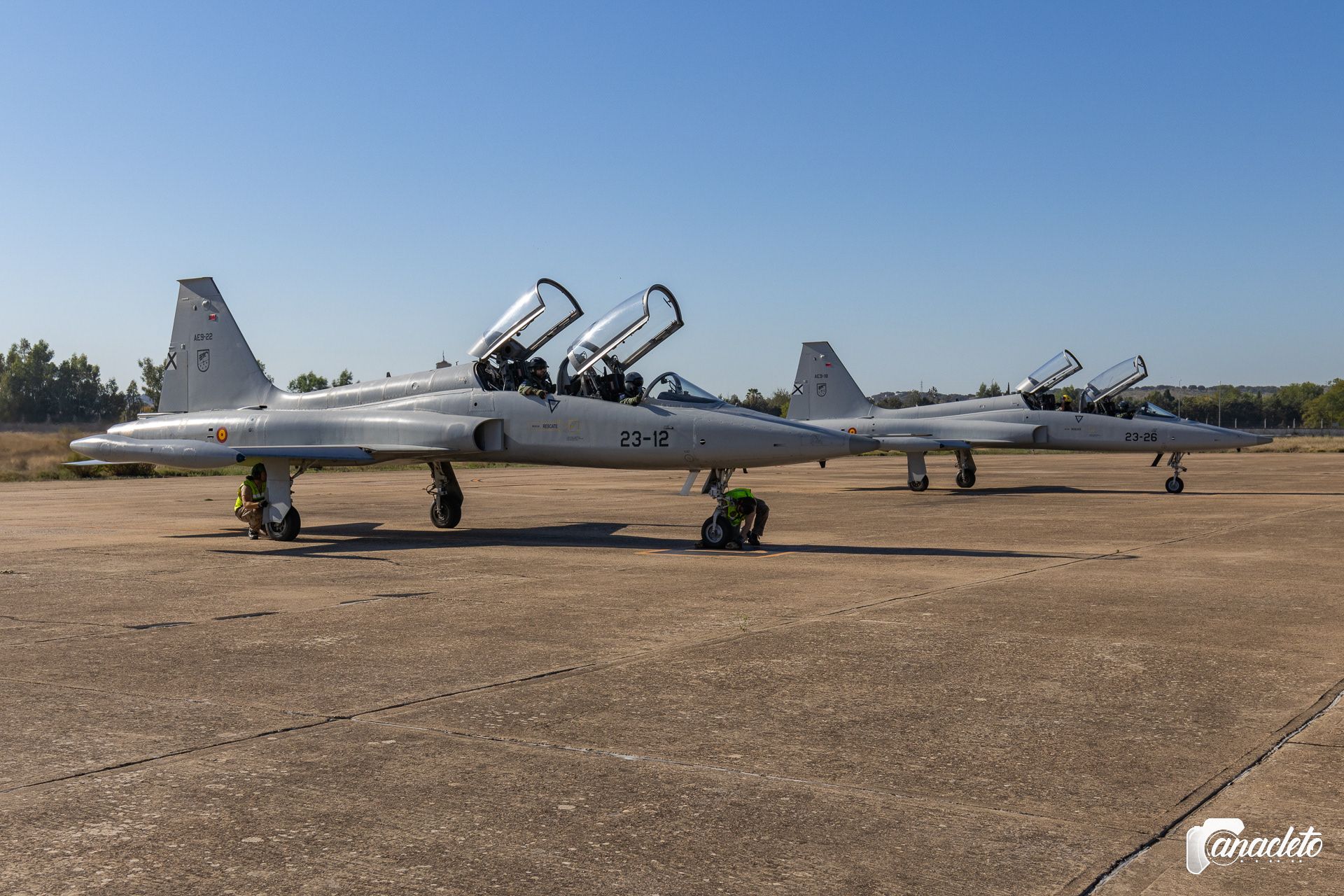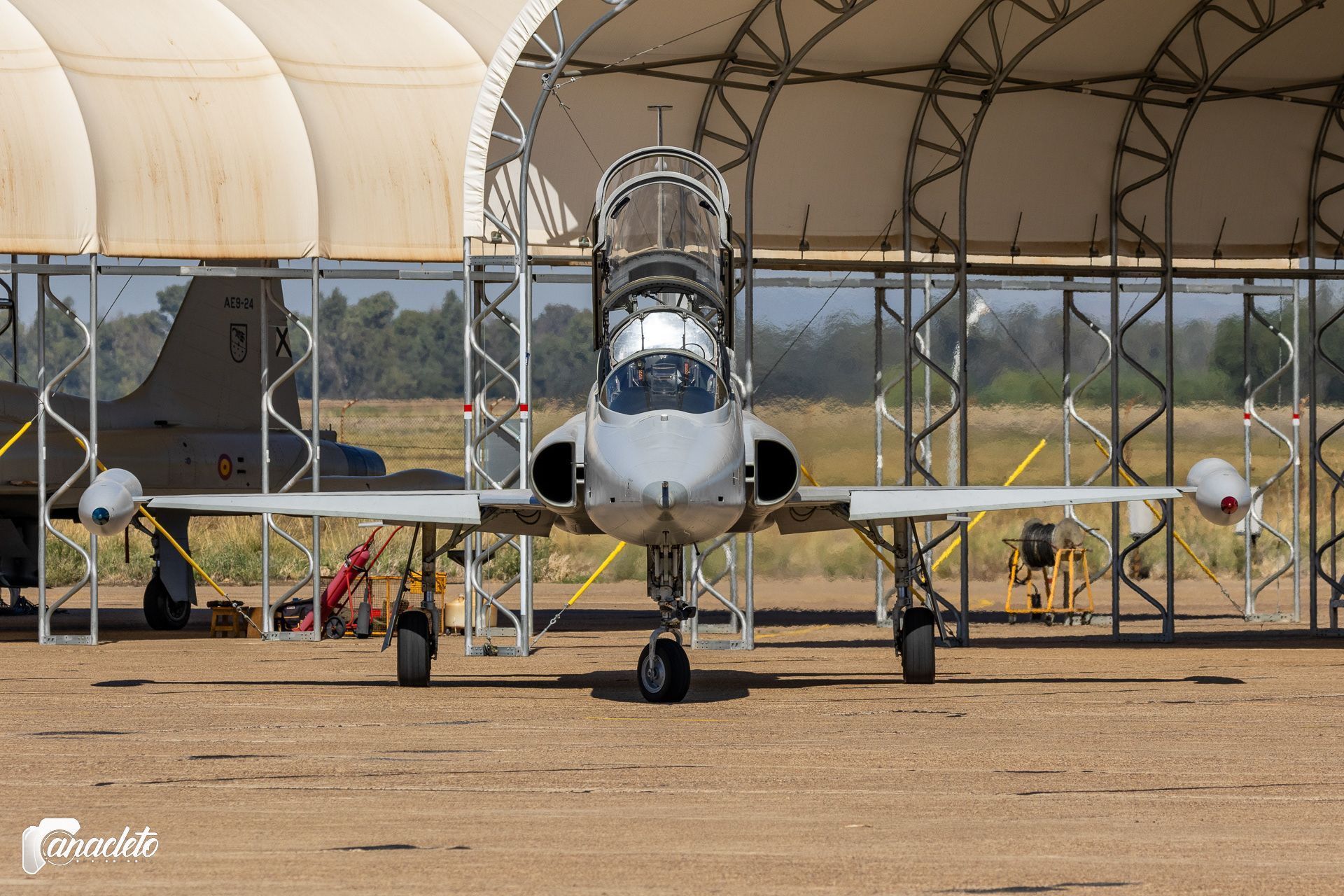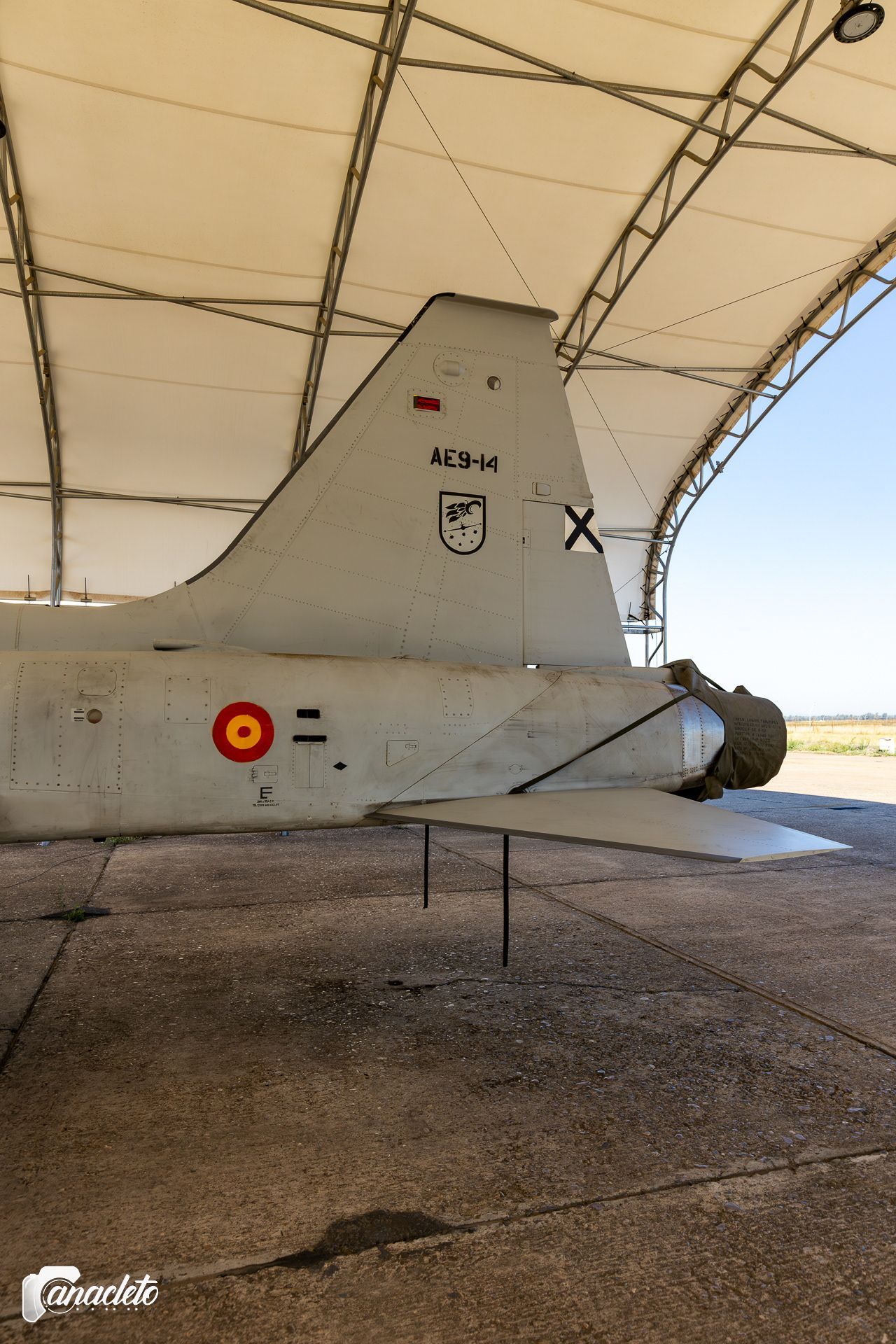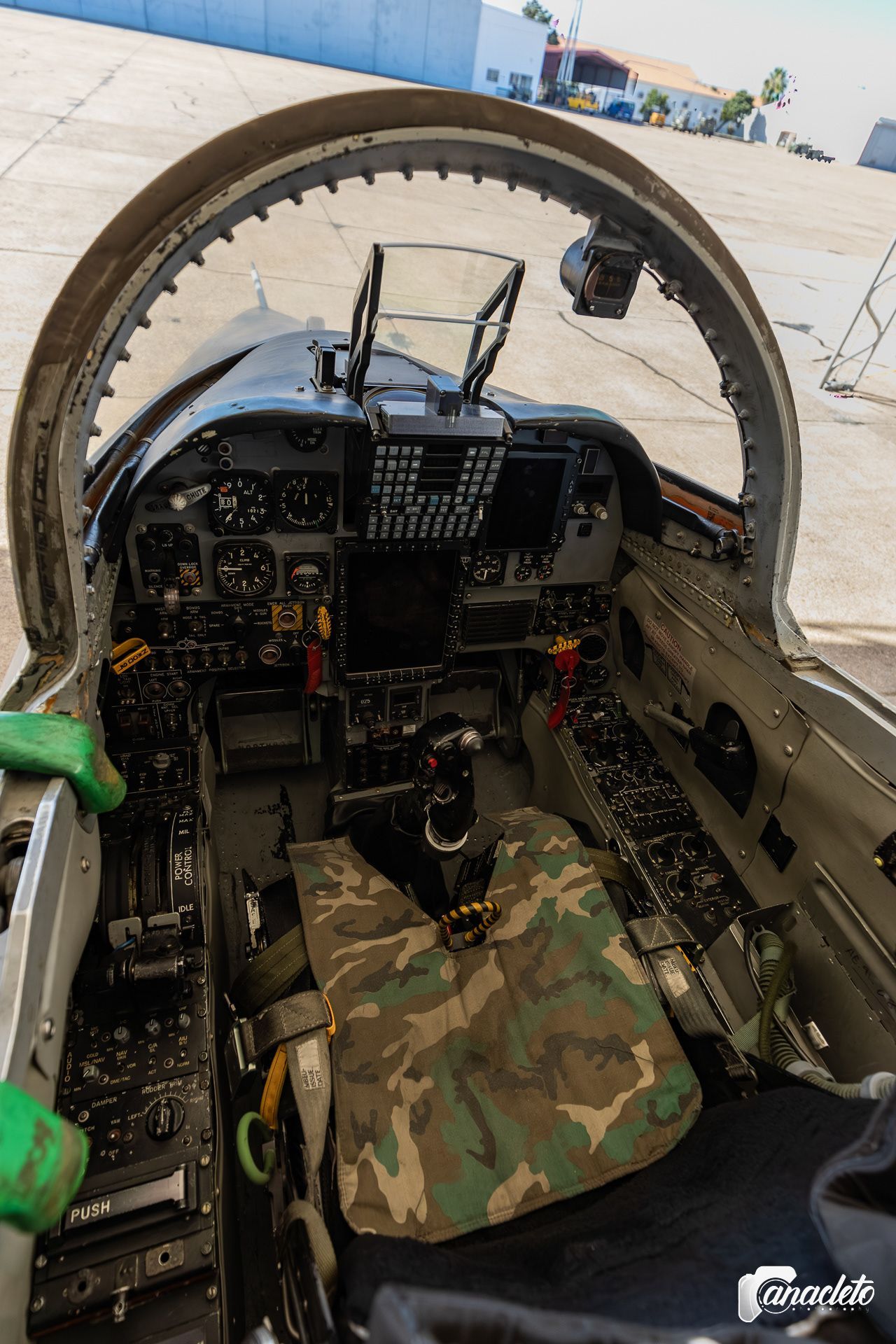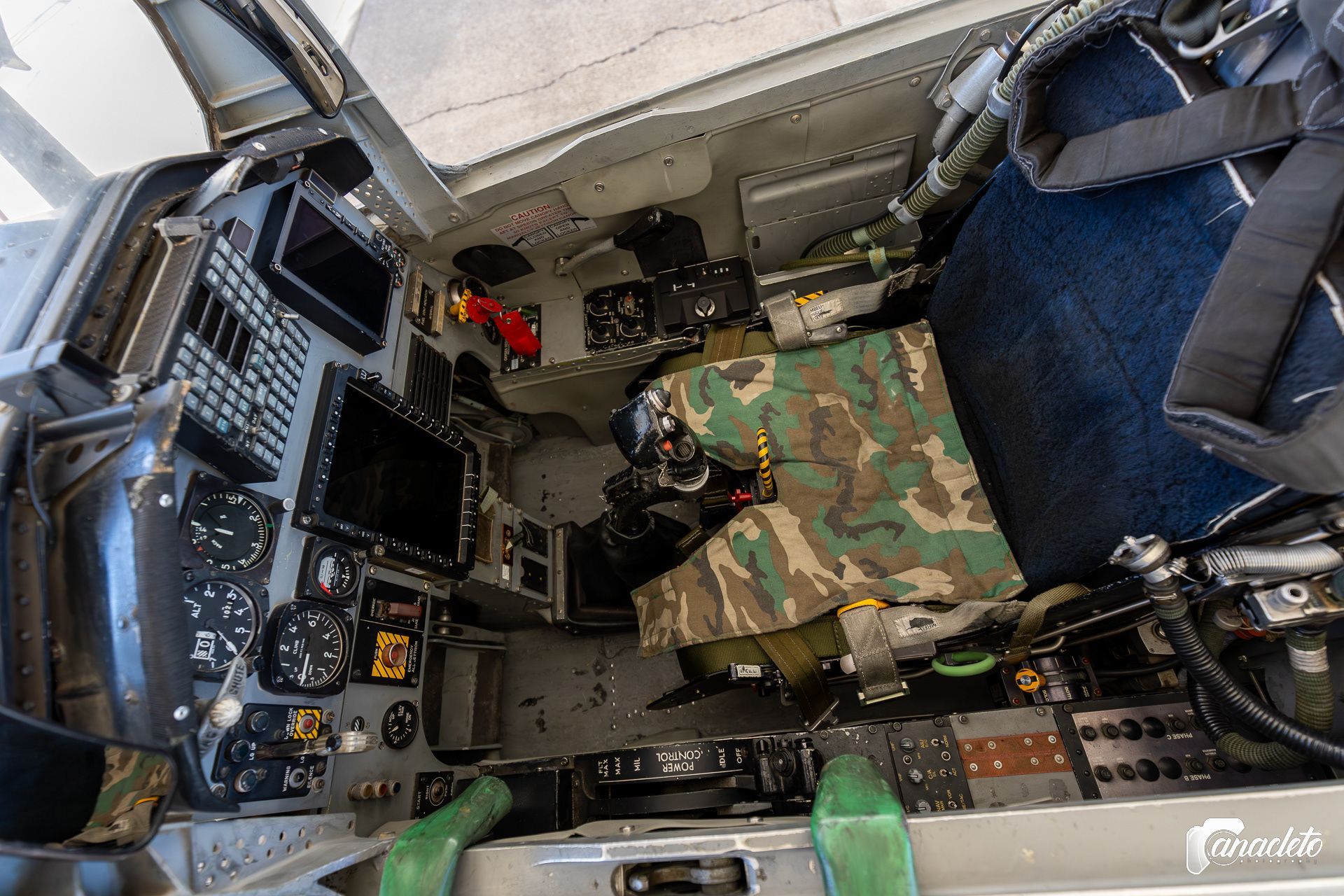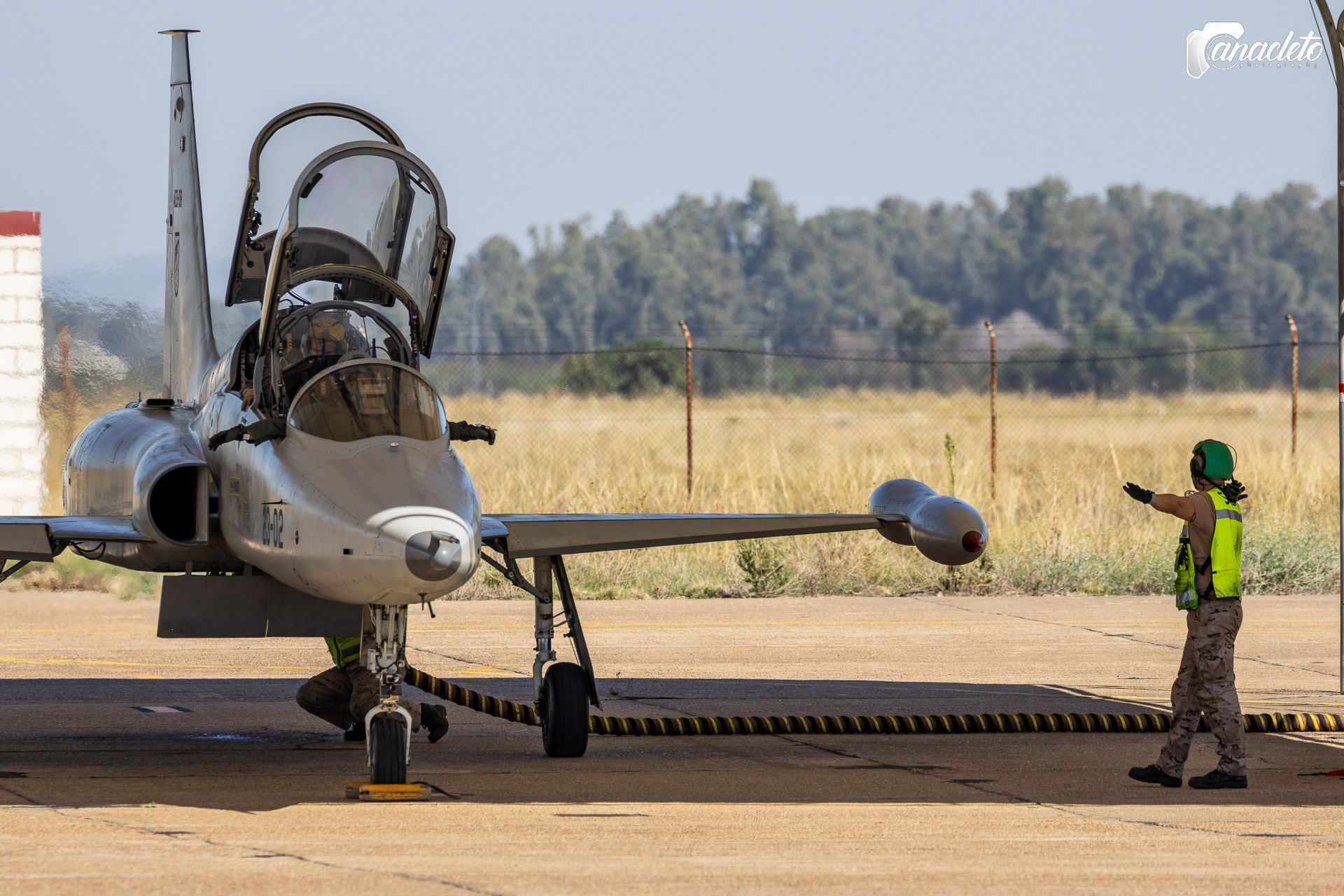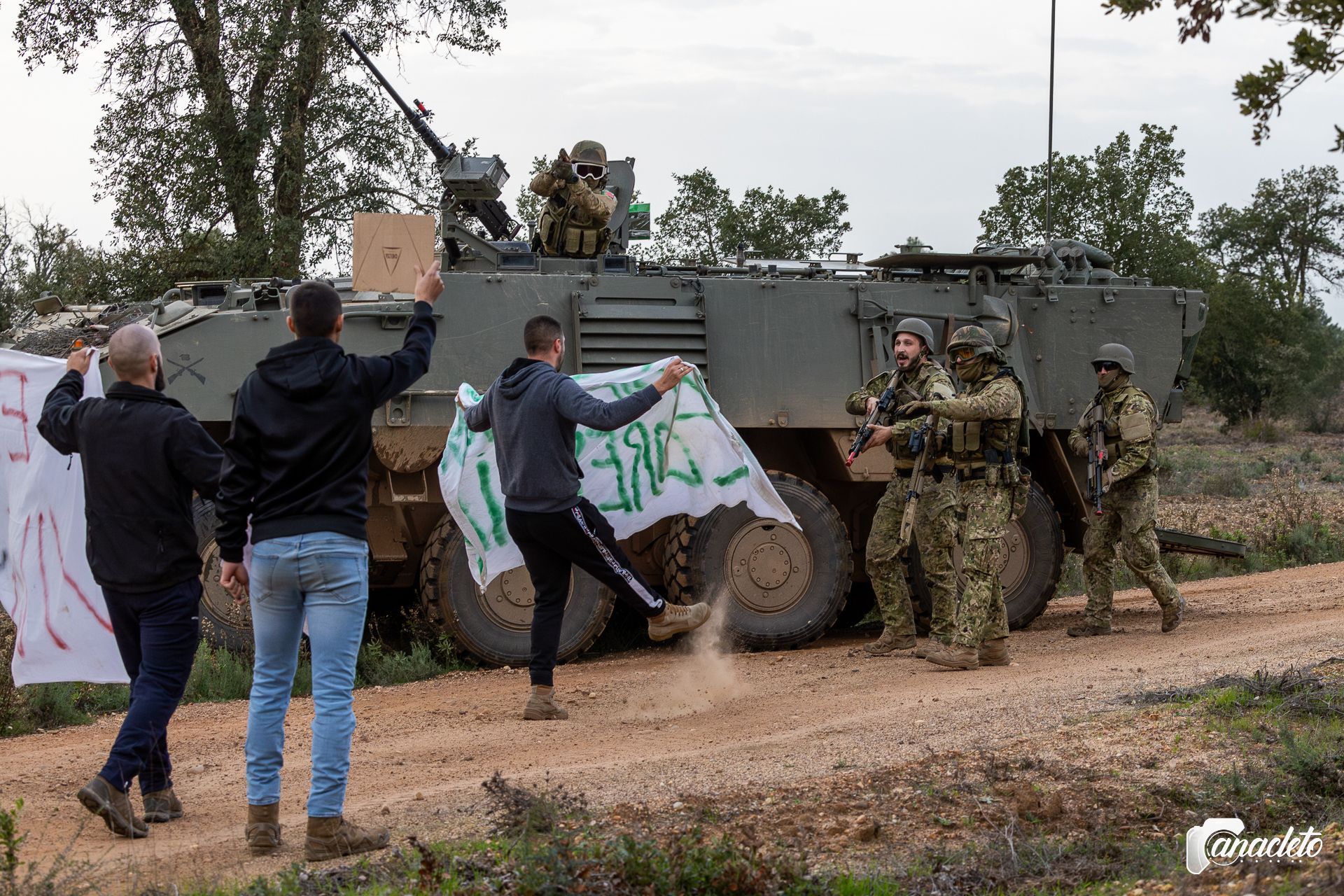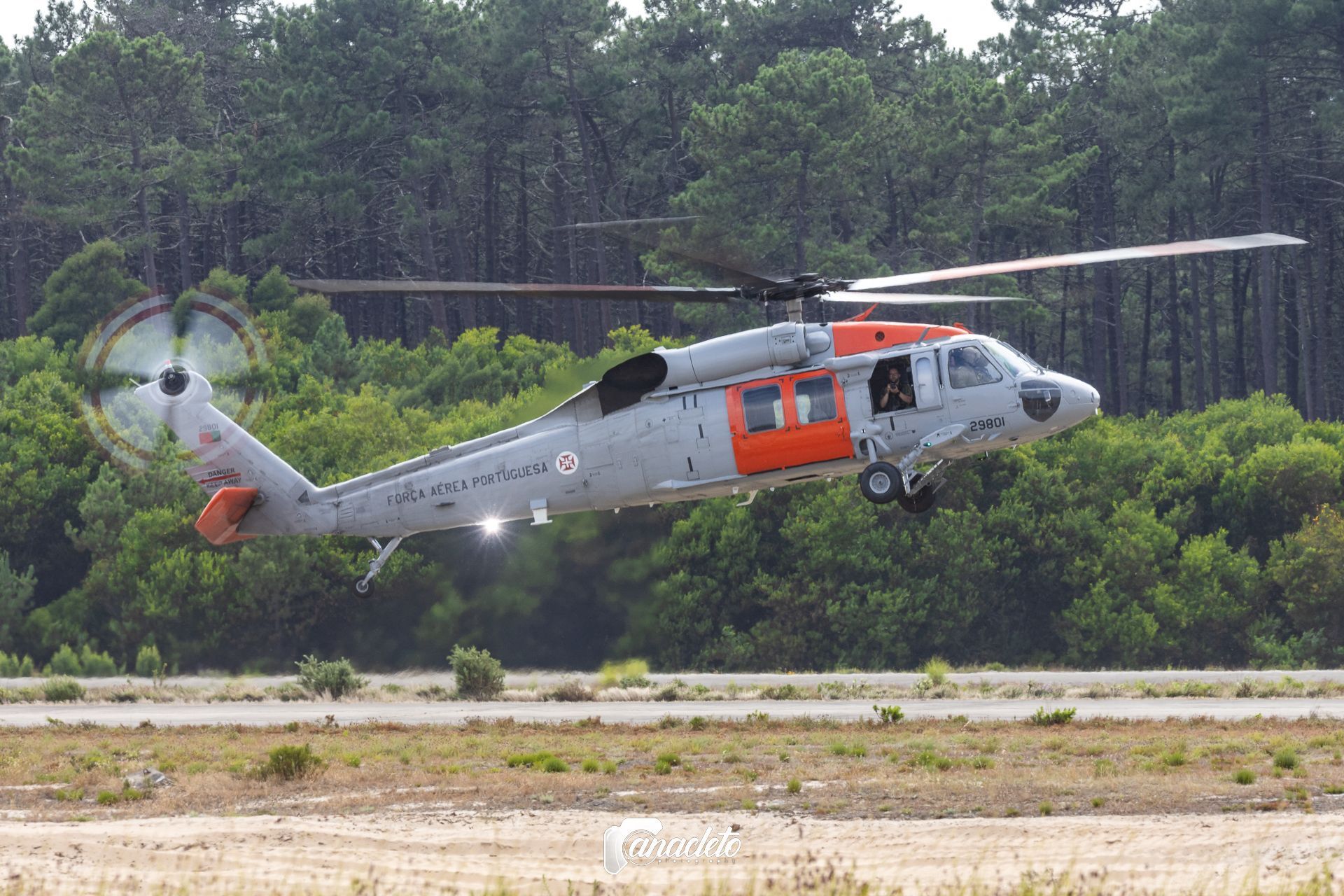ALA 23 - Making Spanish Fighter Pilots since 1953
The 23rd Wing, of the Spanish Ejército del Aire y del Espacio, is based at the Talavera la Real Air Base, in Badajoz, just a few kilometers away from the border with Portugal.
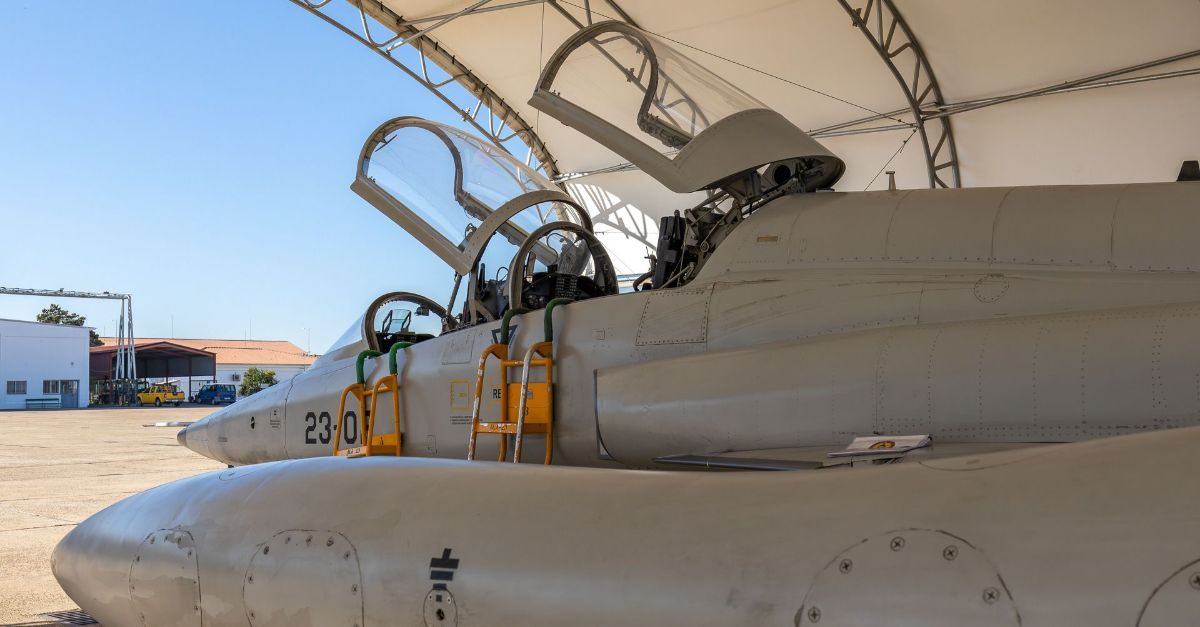
It was founded in 1953 and received the name of Escuela de Reactores. Its creation came from the need to instruct pilots in the use of new jet fighters available in the Spanish arsenal. They were initially equipped with the T-33A "Shooting Star" fighters at the beginning of 1954, and in 1958 they were equipped with the F-86 Saber fighters. In 1970, the T-33A and F-86 were replaced by the F-5M, and they are currently still in service, with this aircraft having just over 162,000 flight hours.
To this day, the 23rd Wing is responsible for training the 5th year students of the Academia General del Aire in the aspects of air-to-ground and air-to-air combat being that, in all its years of history, they held around 108 Instrucción de Caza y Ataque courses.
After completing their training, pilots will head to one of the fighter squadrons of the Ejército del Aire y del Espacio, that are equipped with the F-18 Hornet or the EF-2000 Eurofighter.
The Aircraft:
The 23rd Wing is equipped with the F-5M Freedom Fighter, that is a two-engine, multi-role fighter (spanish designation: AE.9), built by NORTHROP, and in service since 1970, thus completing 53 years of operation this year. This platform underwent various upgrades during the years, being the last one an avionics update in 2003. This is a two seat version, where the student takes the spot in the front and the instructor flies in the backseat. It is a fighter equipped with a huge range of equipment and armaments that allows future pilots to be prepared for the most advanced weapons systems such as the Hornet or the Eurofighter. As this system is increasingly a rare sight, this visit was an excellent opportunity to see them in action and hear that beautiful roar, which for many is the Sound of Freedom.
Ground Crew:
The Ground Crew are a vital part in the mission since they give support to the pilot after entering the aircraft, like helping them with the harness system and strapping them to the seat so in case of an ejection, they are correctly strapped and avoid potential harm. During start-up procedures and before the aircraft rolls to the taxiway, they assure that everything is functional (example: flight surfaces, air brakes, canopies and wheel brakes) to minimize the risk of a mal-fuction that can put the life of the student and his instructor in danger.
Before the aircraft rolls to the runway and takes-off, the Ground Crew does a 360º inspection to ensure it's ready for another mission.
233 Squadron:
Since 2019, the 23rd Wing and the Talavera la Real Air Base are the home to the recently acquired Predator-B UAV systems, belonging to the 223 Squadron. The Ejército del Aire y del Espacio currently has 4 units in its arsenal, giving them an enormous intelligence, surveillance and reconnaissance (ISR) capabilities. This system is capable of an autonomy of more than 25 flight hours and carrying out ISR missions using infrared and radar sensors, to search, locate and follow targets in any weather condition, fixed or mobile, both day and night. This missions can be flown from the main base or from a location that gathers the necessary conditions. The crew is composed of two elements, the pilot (responsible for flying the UAV) and the systems operator (responsible for using the surveillance equipment)
I would like to finish the photo-report with a thank you to the Ejército del Aire y del Espacio and the 23rd Wing, in the person of Lt. Col. Alfredo Lago, Chief of Training and Squadron Commander, for making this possible. Also a big thank you to the student pilots who accompanied me during this photo-report for the help, support and sympathy.
